In the high-speed world of modern racing, the concept of “track limits” plays a crucial role in ensuring fair competition and safety. As racing evolves, understanding these boundaries has become more complex and contentious, affecting drivers, teams, and fans alike. Delving into the intricacies of track limits reveals their significant impact on today’s racing landscape.
The Evolution of Track Limits

Track limits have undergone a dramatic transformation over the decades, reflecting changes in both safety standards and competitive fairness. In the early days of racing, boundaries were often informal, defined by natural obstacles like grass or gravel. This leniency allowed for a more fluid interpretation of track limits, but it also posed significant safety risks. Over time, the need for standardized boundaries became apparent, leading to the introduction of painted lines and curbs to clearly delineate the track.
The role of technology cannot be overstated in the modern enforcement of track limits. Today, sophisticated systems such as sensors and video analysis are employed to monitor compliance with precision. For instance, Formula 1 utilizes high-definition cameras and GPS data to ensure that no advantage is gained by exceeding track boundaries. In series like IMSA, similar technologies are used to maintain integrity. Despite these advancements, the interpretation and application of track limits can vary significantly across different racing series, resulting in distinct rules and enforcement criteria.
The Importance of Track Limits
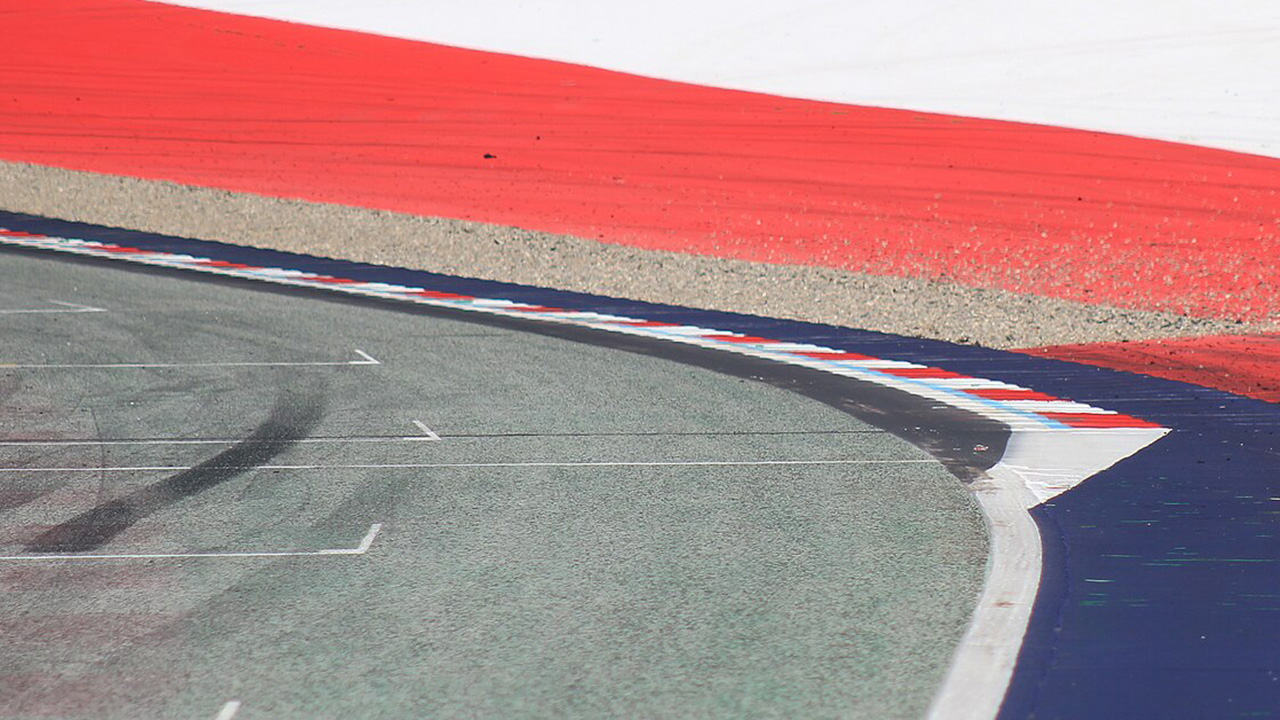
Safety is a paramount consideration in the establishment of track limits. By clearly defining the boundaries of the racing surface, organizers aim to minimize the risk of accidents that could endanger drivers, teams, and spectators. The use of painted lines and physical barriers helps ensure that cars remain on the intended path, reducing the likelihood of collisions and off-track excursions. In high-stakes environments like Formula 1, where speeds can exceed 200 mph, maintaining these safety standards is crucial.
Beyond safety, track limits play a vital role in ensuring fair competition. They prevent drivers from gaining an unfair advantage by cutting corners or extending their track use beyond what is intended. This enforcement helps maintain a level playing field, making sure that victories are earned through skill and strategy rather than exploiting loopholes. The impact of track limits on racing strategies is also significant, as teams and drivers must carefully plan overtakes and maneuvers within these constraints, often leading to thrilling strategic battles on the track.
Controversies and Challenges
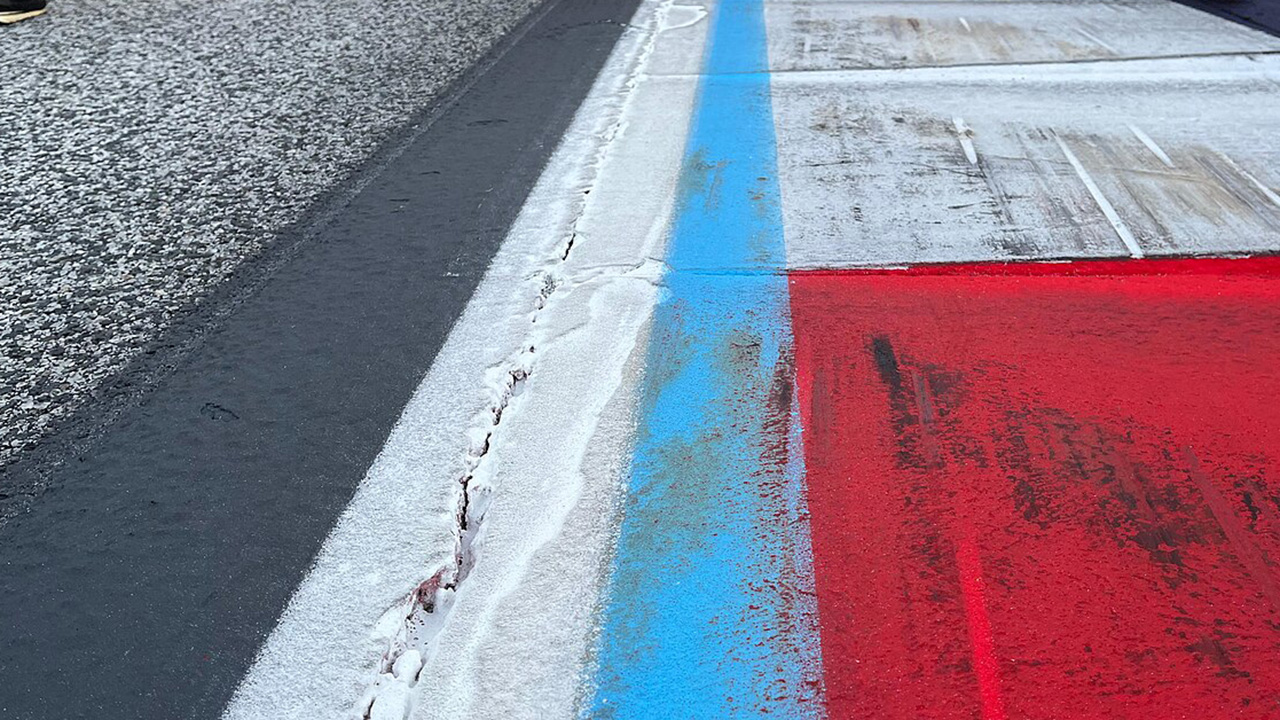
Track limits have been at the center of numerous high-profile controversies, underscoring the challenge of consistent enforcement. A notable incident occurred in the 2021 Formula 1 season when drivers like Max Verstappen and Lewis Hamilton found themselves embroiled in disputes over track limit violations. Such incidents can have far-reaching consequences, potentially affecting championship outcomes and sparking debates among teams, drivers, and fans.
The inconsistencies in the enforcement of track limits can lead to confusion and frustration. Different circuits and races may have varying interpretations of what constitutes a violation, leading to debates over fairness and transparency. Balancing the strict enforcement of track limits with the desire for exciting and unpredictable racing remains a challenge for organizers. Striking this balance is essential to preserving the integrity of the sport while keeping fans engaged.
The Role of Drivers and Teams
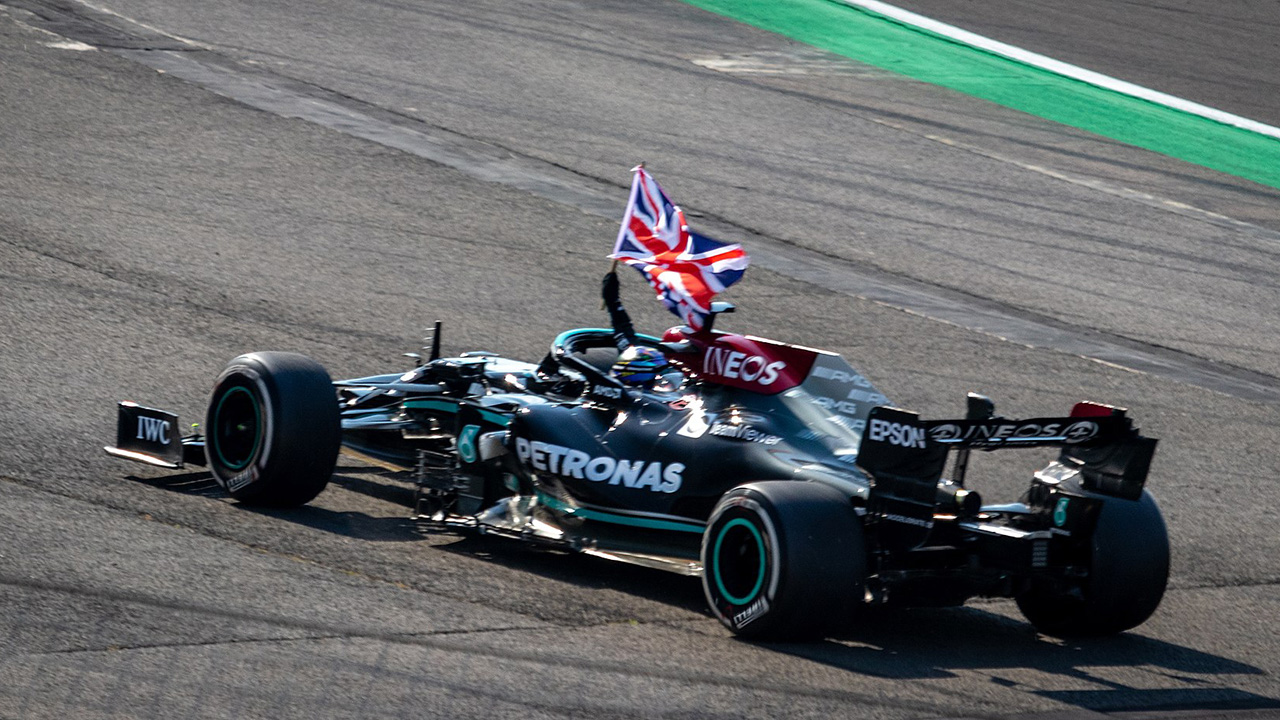
Professional drivers must adapt their techniques and mindsets to adhere to track limits, a task that requires both skill and discipline. The ability to push the boundaries of performance while staying within the confines of the track is a hallmark of top-tier drivers. These competitors must be aware of the specific rules governing each circuit and adjust their driving strategies accordingly to avoid penalties that could jeopardize their race results.
Teams also play a crucial role in ensuring track limit compliance. They are responsible for strategizing and advising drivers on how to navigate the course within the set boundaries. This involves analyzing data, predicting potential violations, and communicating real-time adjustments to their drivers. The psychological impact of track limits should not be underestimated, as drivers face immense pressure to perform at the highest level while operating within these constraints. The mental fortitude required to balance aggression with precision is a testament to their skill and dedication.
Future of Track Limits in Racing
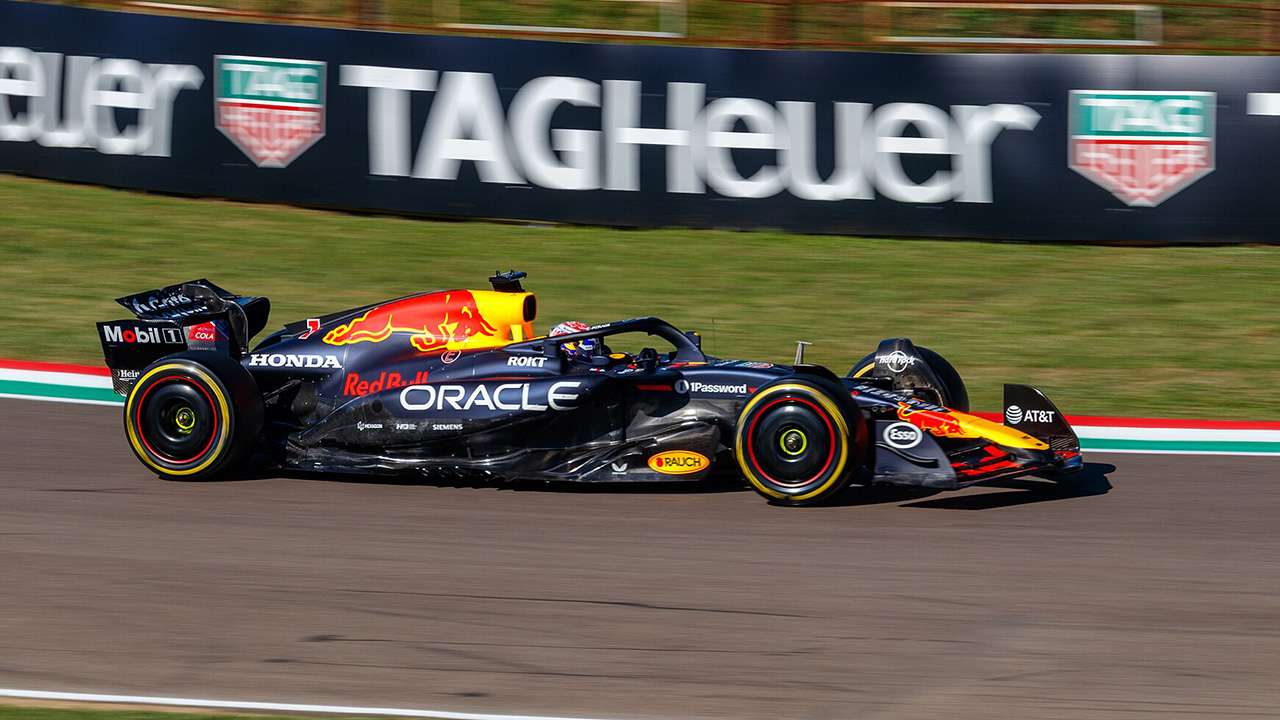
The future of track limits in racing is poised for further evolution, driven by technological and regulatory developments. Innovations such as advanced sensor technology and artificial intelligence could enhance the accuracy and consistency of track limit enforcement. These advancements have the potential to reshape the way track limits are monitored, offering a more transparent and reliable system for drivers and teams.
Fan expectations are also likely to influence future policies surrounding track limits. As audiences become more engaged and knowledgeable, their perceptions and demands may shape how regulations are implemented. The challenge will be to balance the need for strict enforcement with the desire for thrilling and unpredictable racing. The long-term implications of current track limit practices will play a crucial role in determining the integrity and appeal of motorsport racing, ensuring its continued growth and success in the years to come.
Like Fast Lane Only’s content? Be sure to follow us.
Here’s more from us:
*Created with AI assistance and editor review.

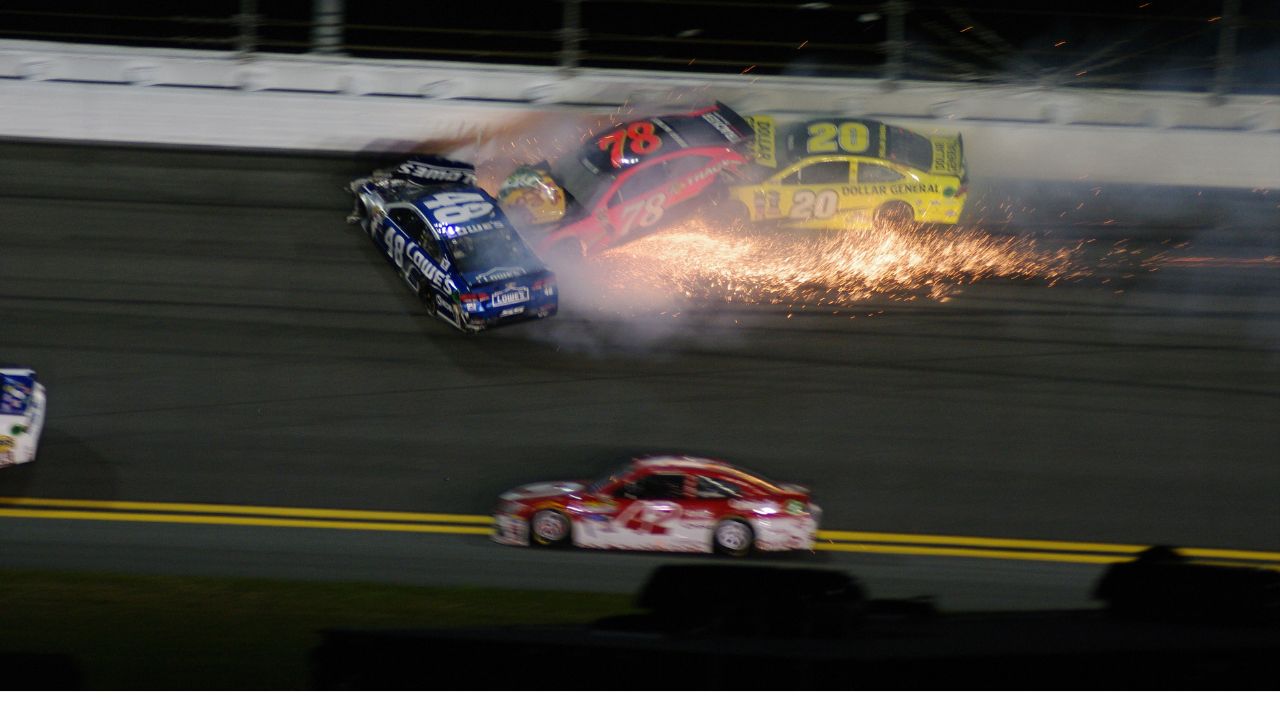




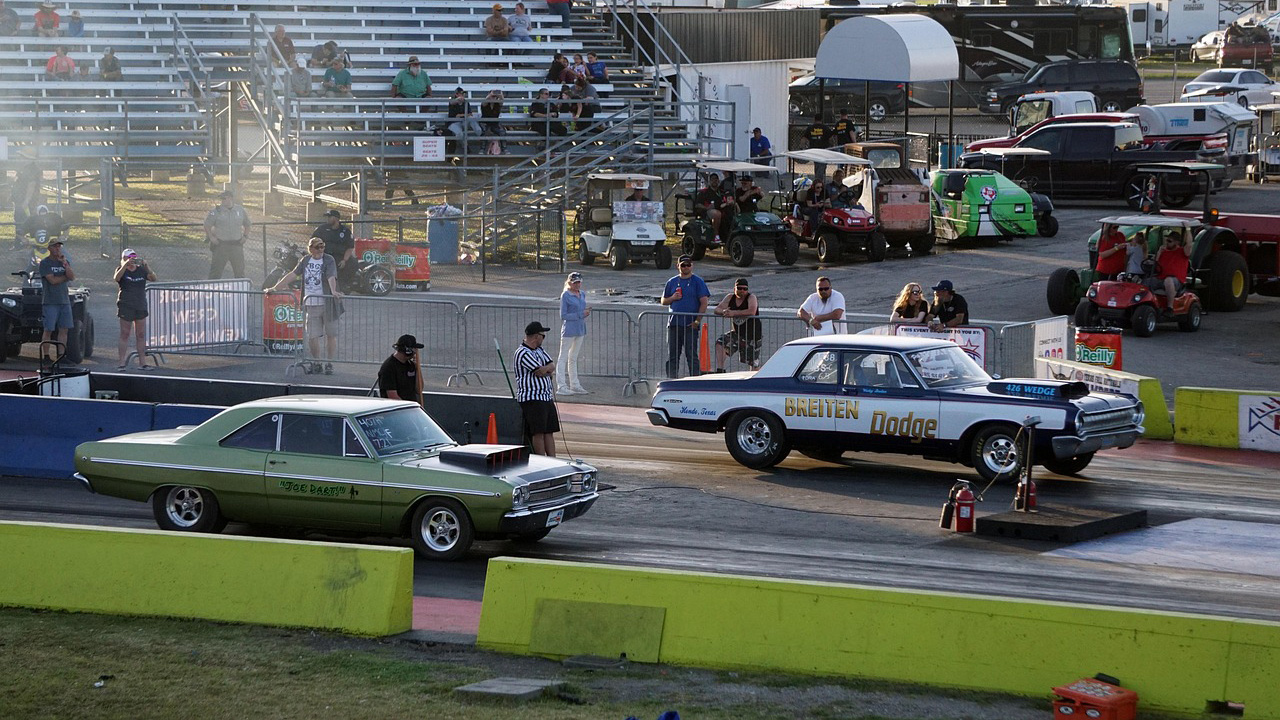
Leave a Reply